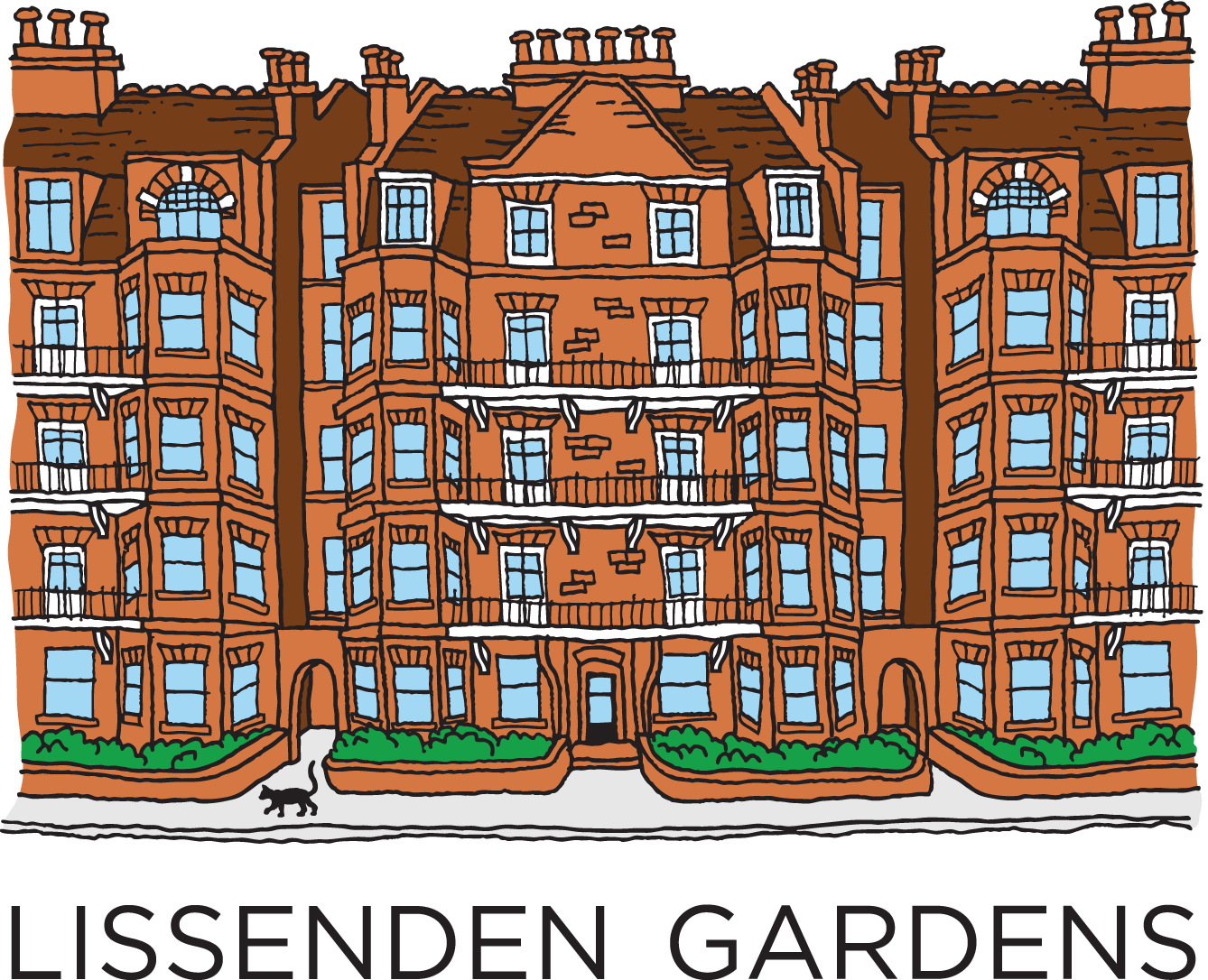Alfred Armstrong and the origins of Lissenden Gardens
Alfred Armstrong, the founder of Lissenden Gardens, was an engineer, inventor and entrepreneur. He grew up in Plymouth and Bristol and travelled to the United States before settling in London in his 20s. His first commercial venture was a company operating automatic vending machines on station platforms. He was in at the start of a new industry: the first automatic vending machines in London were installed in 1883 and Armstrong sold his company in 1887.
From there he moved into another innovative industry – electricity – working as an engineer at an electricity generating company. The 1880s saw the first companies providing current for street lights and lights in homes. There were 17 companies in London in 1891 and Armstrong floated his own in 1892.
By this time Armstrong was married and his wife Elizabeth was the daughter of EJ Cave, a prolific developer. Armstrong’s company was essentially a partnership with his father-in-law. The London and Hampstead Battery Co had its office and generating plant in the middle of an area of South and West Hampstead that Cave was developing. Cave’s houses and flats provided Armstrong with his customers.
The connection with Cave was important. Electricity companies needed a license from the local authority to install underground cables. Hampstead Vestry, soon to become Hampstead Borough Council, was planning to generate its own electricity and didn’t want another generator in the area. But Armstrong was able to move in without the Vestry’s consent by stringing overhead wires from house to house, giving him a head start on the municipal competition.
In the 1890s electricity was used only for lights so the generating equipment was idle for much of the time. Armstrong planned to make his company more profitable by moving into another new industry by adding a charging station for electric cars.
On the basis of this promise, new investors were brought in and the company was sold. However the new Hampstead Electric Supply Company didn’t prosper and was soon overtaken by the Hampstead municipal electricity generating company that was set up next door to Armstrong’s company.
The investors lost money but we can assume Armstrong had enough money from the sale of his company to begin his next, and final, venture, Lissenden Gardens. .
Plan of Armstrong’s electricity company, surrounded by EJ Cave’s development in south and west Hampstead (Thanks to IET)
Eileen diving in what is now the HIghgate men’s bathing pond
Eileen Armstrong, Olympic diving silver medallist in the teams’ 1921 uniform, the last Armstrong to manage the estate
To Paradise by Way of Gospel Oak: a mansion flat estate and the forces that shaped it by Rosalind Bayley, is published by Camden History Society and is on sale at The Owl Bookshop or from the author and available at Swiss Cottage Library and the British Library.




